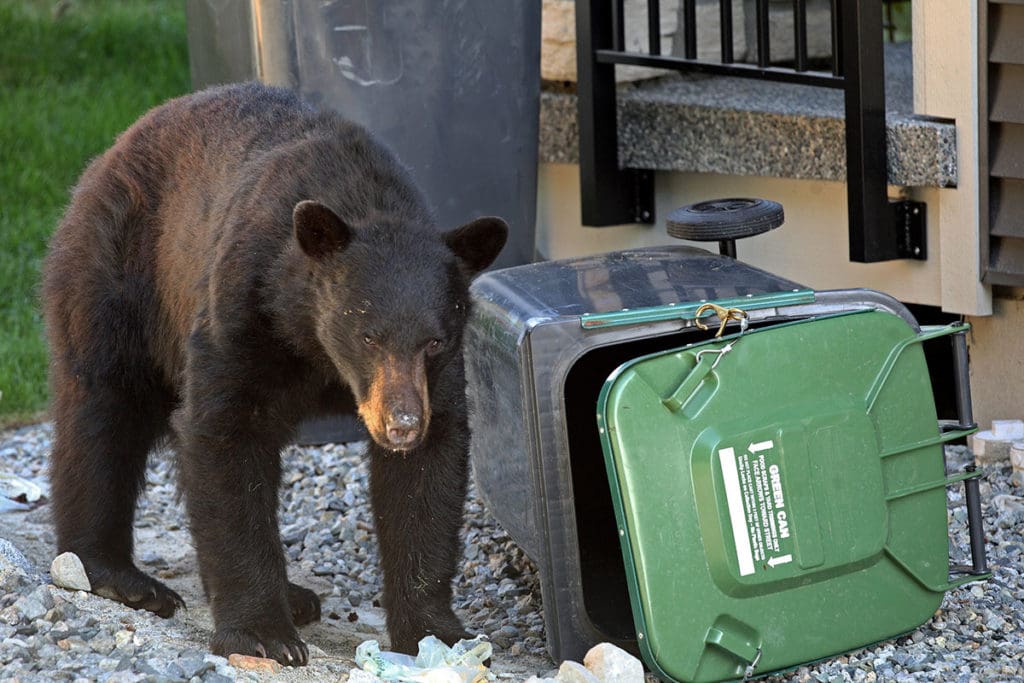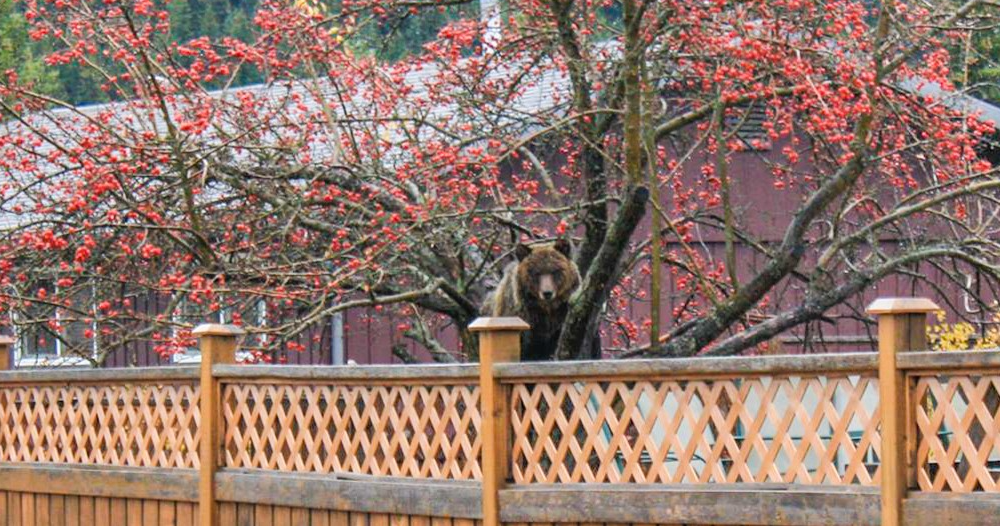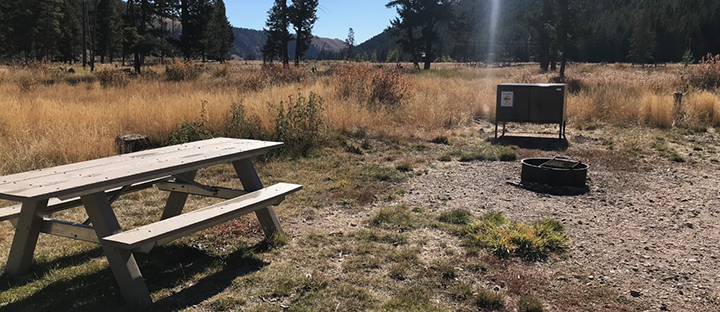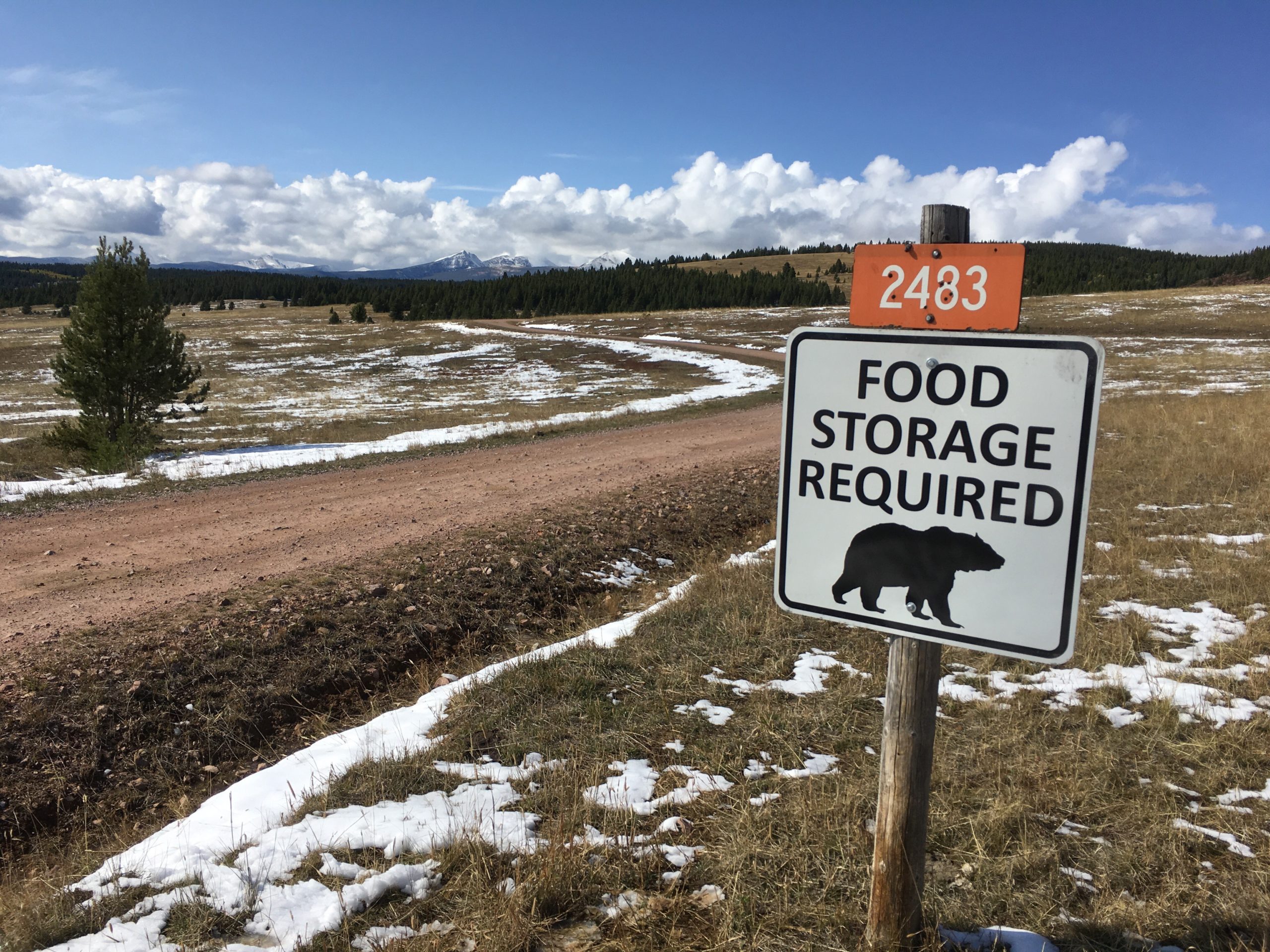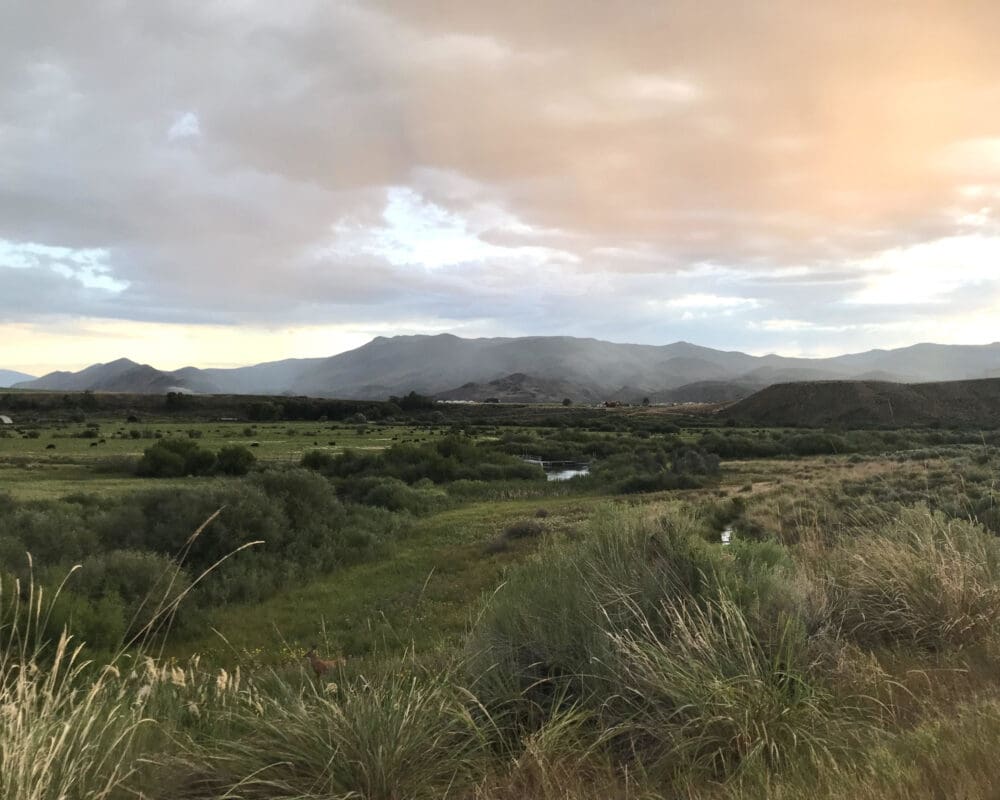Fostering harmony: Cultivating communities that coexist with wildlife
For many living in the Yellowstone to Yukon region the phrases ‘bear-safe’, ‘bear-smart’, ‘bear-wise’, and ‘wildlife-wise’ are familiar. But what does it mean to have a community coexist harmoniously and minimize conflicts with bears, especially grizzlies?
Fed bears are dead bears
As scents of food draw bears and other wildlife, it is essential to manage and properly store attractants. Attractants such as garbage, bird feeders and barbeques can become unnatural food sources and need to be stored so bears cannot access them. Bears that seek natural foods are less likely to be habituated and come into conflict with humans.
Improving coexistence with wildlife
Many communities in the Yellowstone to Yukon region have taken steps to minimize conflicts and others are interested in starting this work.
Experts, such as the Interagency Grizzly Bear Committee recommend the following steps:
- Establish a committee that can help represent difference aspects and diverse voices of the community and collaborate on bear-safe solutions.
- Complete an assessment that identifies current and potential risks for human-bear conflicts within the community, such as bear populations, corridors, attractants, solid waste management and education efforts.
- Develop a plan that’s uniquely tailored to the risks and needs for a particular community, which outlines engagement from residents, tourists, solid waste and enforcement officials, and budget needs.
- Implement the plan and track progress over time, such as conflict incidents and the extent of community engagement.
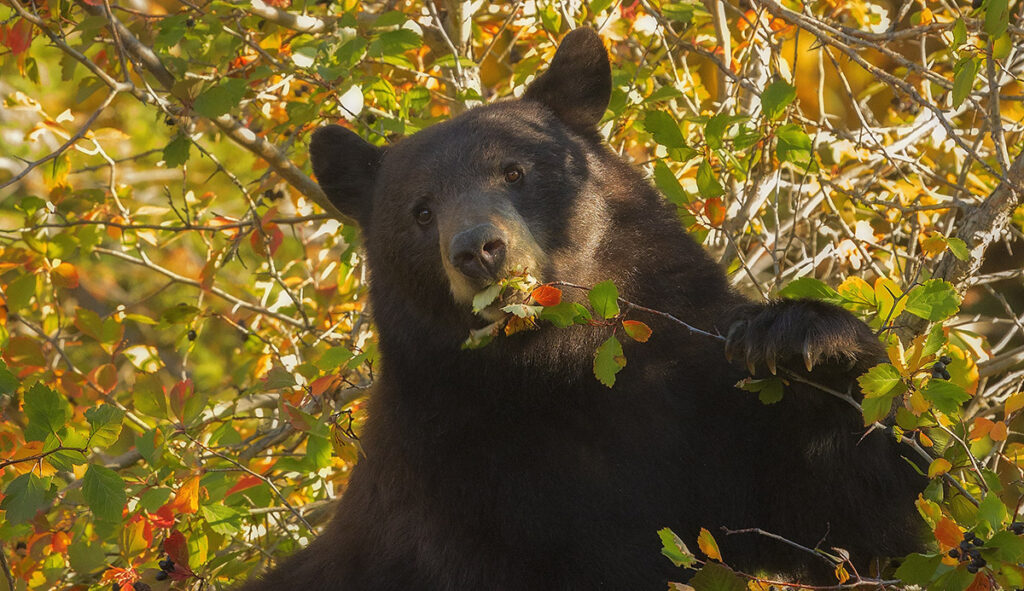
Why does it matter?
Communities and wildlife thrive when the needs of both are met.
Some species, such as grizzly bears, represent the health of a landscape and many other species because of their habitat requirements. So, if people living within the Yellowstone to Yukon region can coexist with grizzly bears, then our collective environment will be healthier.
Reducing human and wildlife conflicts maintains safety, builds community-wildlife tolerance and improves wildlife habitat across the landscape. Y2Y’s work supports people seeing bears as a part of a healthy system, and not solely an element to manage.
When communities can coexist with grizzly bears, it helps the bears expand back into their historic territory and connects protected areas, making the landscape more robust and communities healthier.
Grizzly bears make our region a special place to call home.
What Y2Y is doing
Across the Yellowstone to Yukon region we’re helping mountain communities understand, embrace, and expand practices that promote safety, coexistence and harmony between people and wildlife.
By identifying and advocating for funding and policy changes required, we can ensure the best coexistence practices become standard practice across the region. We want all communities to have the resources available to implement a bear-safe community program.
Want to know more?
Here are some of the coexistence programs throughout the Yellowstone to Yukon region:
United States: Interagency Grizzly Bear Committee Bear-Safe Community program
Alberta: Wild Smart Community Program, Alberta Bear Smart Community Program
British Columbia: Bear Smart British Columbia, Get Bear Smart Community Program
Yukon Territory: Wildwise
Thanks to Y2Y intern Wyatt Klipa for providing insights into this work.
